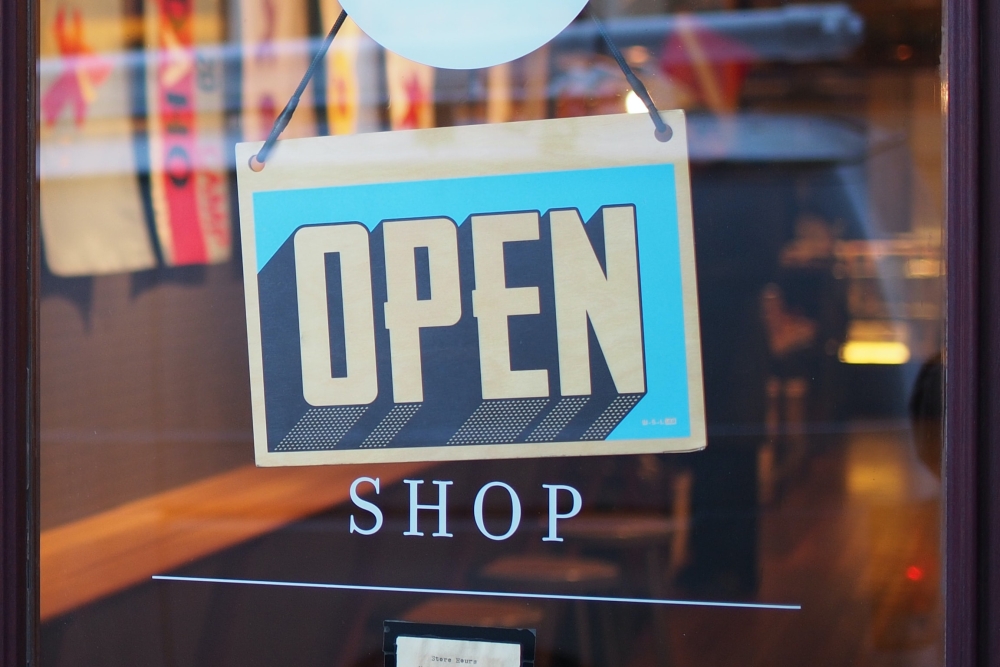Making hay whilst the sun shines: How to reactivate customers quickly and at scale.
10 May 2021

So the shops have reopened and we’re back to cautiously treading the path to normality. Where the path leads, no one is quite sure but this is all of our ‘normal’ now and that means making hay whilst the sun shines. And that means getting customers back on board as quickly as possible and keeping those who’ve been with you throughout to stay.
None of that’s easy. All too often we’ve seen businesses fail because they need to do something NOW. Few, but the wise, are taking the opportunity - just like the fabled Hare and Tortoise - to pause, take a breath and ask whether what worked before will work again.
This is a challenge we took to one of our clients recently - a fast service food business with restaurants worldwide.
Together, despite the time pressures, we took a step back and looked at the problem through a different lens.
The problem was simple: despite their best efforts the number of people using the brand’s app to order delivery or click and collect food was stalling and leaving significant money left on the table - as it were - literally.
In the business of fast service food, the name of the game is high frequency visits, but keeping guests coming back and back and back is a constant challenge.
Stepping back, the reality was stark. Many guests already visited the restaurant a lot. So concentrating on re-activating lapsed app-using guests provided an opportunity drive incremental revenue.
Initial analysis revealed that there was scope to reactivate a significant number of guests and increase the frequency of use amongst others – around 30 per cent of lapsed app guests were found to reactivate on their own. So 70 per cent of lapsed guests were at risk.
We already knew that the blanket use of coupon-driven campaigns were failing to deliver so we asked ourselves why? Our analysis of first party data quickly pointed to the answer.
We saw that coupon redemption was not the driver of valuable behaviour for the majority of app transactions. In fact, only thirty-seven per cent of guests redeemed a coupon accounting for only 17 per cent of app transactions. Conversely, 63 per cent of guests had never redeemed a coupon but they accounted for more than 80 percent of all transactions - the Pareto Principle in action.
Our insight was reflected in our campaign hypothesis: that it was an individual Guest’s mission, not coupons nor the last thing purchased, that drives behaviour.
When we added further insight, namely that there was no difference between the behaviour of active and lapsed app guests, we realised that our task was to give our lapsed guests a purpose, based on the things they did everyday - or in other words - a real, relevant reason to order using the app delivered in the moment.
To do this we had to go beyond past behaviour. We had to understand exactly how people used the app.
So using the real behaviour of individual guests combined with an understanding of their purchase drivers we identified three actionable, value based cohorts who displayed actionable differences in the frequency of their app use and their likelihood to use coupons:
1. The App Fan: Guests that value the convenience of ordering via the app above all else (regardless of offer). They accounted for 15 per cent of guests but 56 per cent of transactions. So our objective for this group was to reactivate, maintain and grow their habitual app use.
2. The Promotion Junkie: On the flip side this group of guests respond quickly and almost exclusively to promotional activity. They were found to make-up 10 per cent of guests and 3 per cent of transactions. Our objective here was to manage the value we traded in return for frequency of orders.
3. The Value Seeker: This group valued the convenience of the app and viewed it as a store of value - a virtual wallet where they could store coupons until they had an opportunity to ‘release’ the value contained. It was clear that this cohort could be activated by promotions. But at the same time, they needed a clearly defined occasion or mission to engage and transact. This was the largest group comprising 75 per cent of guests and 41 per cent of transactions - so our objective was to reactivate and nurture them towards regular usage, maintaining and growing their app habit.
The next step was to mobilise our cohorts in the moment. To do this we used multiple data sources including the local cultural calendar, transactions by day, transactions by channel, guest count, transactions by menu etc. and advanced analytics to create a saclable, action-based formula for guest activation. The formula comrised three key elements:
- Transactional history: provides understanding of preference, habits and likelihood to act
- Propensities: the things, and most importantly, the people and experiences that they love that infers a guests occasions and missions over time
- Intent in the moment: the things that are happening right now that could affect an individual guests behaviour
The result of this was the definition of three relevant missions that we believed would drive valuable behaviour:
1. Weekend Family Brunch: Inspire family moments with a prompt to dine together at the weekend
2. Lazy Weekend Breakfast Delivery: Offer lazy weekend moments to hard working guests with a nudge to enjoy breakfast
3. Breakfast on the Go: Remind busy commuters that ordering breakfast with the app means that they can beat the queues and make the morning commute less hassle
And our hypothesis was proven. In defining and promoting the three missions within just four weeks we delivered a 136 percent reactivation uplift of lapsed app customers resulting in an increase of 19,000 orders and over £200,000 in incremental revenue. We now know that for every 10,000 lapsed app customers targeted we can increase orders by 2,000.
What this campaign showed us was that transactional data is not a differentiator. Our analysis revealed that there were no meaningful differences between lapsed and active app users, therefore it is important to focus on individual behaviour. Uncovering how, when, where and why guests engaged enabled us to deliver clear, actionable missions in the moment.
And that’s the key: in the moment - right time, right message, right reason gives customers a reason to buy.
So at a time when the economy is reopening and customers are in the market right now, this approach could not be more relevant – and with timing being critical the ability to activate at speed is also a huge bonus!
Like our content? Find more of our articles and case studies here.
Written by:
Richard Calvert
Founding Partner at The Thread Team





Please login to comment.
Comments